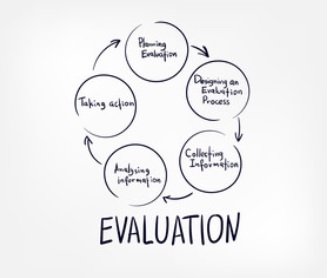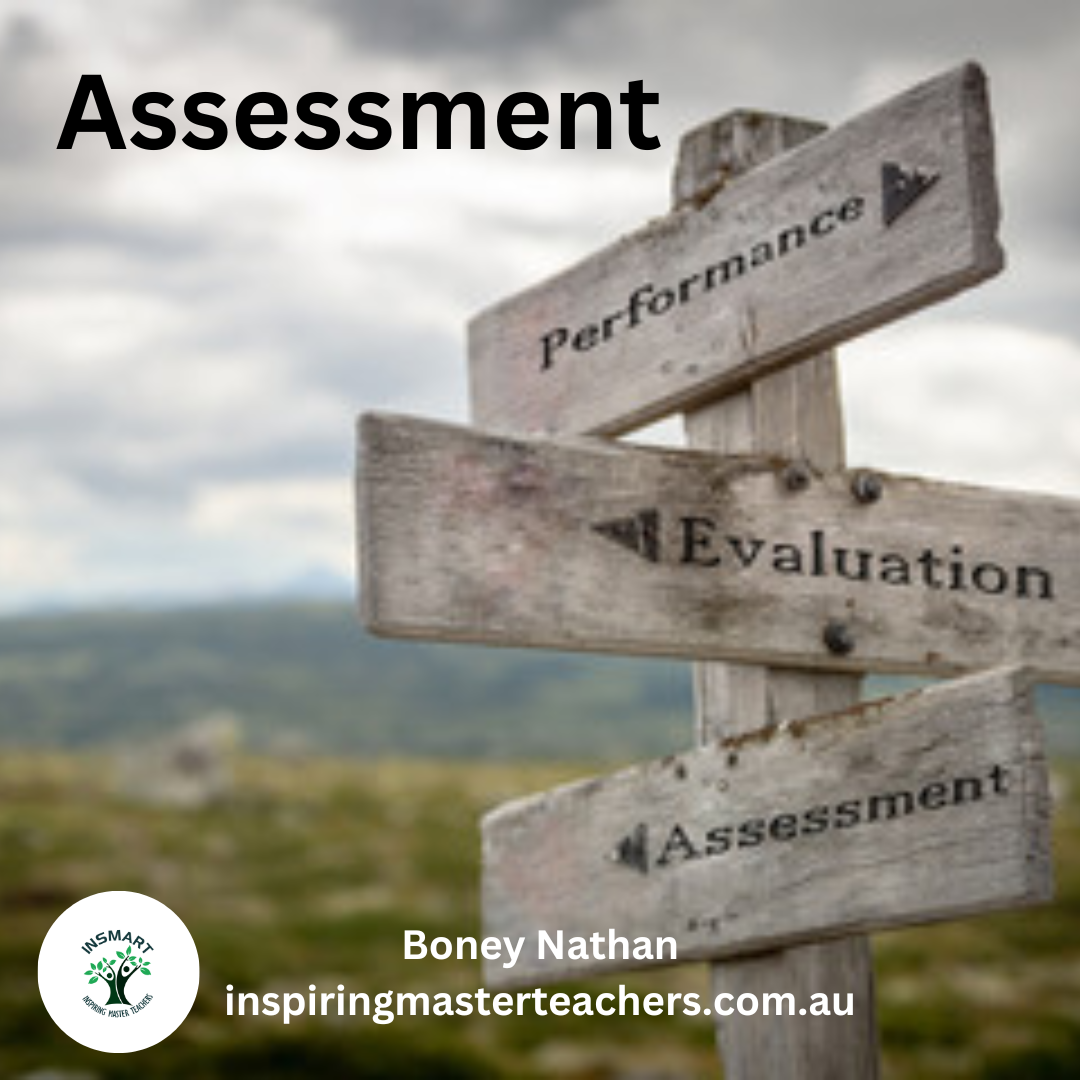Summary
What is Assessment?
Three main types of assessment.
How can we use assessment to inform our practice?
Already have the Collaborative Classroom – 50 Cooperative Learning Strategies for Student Engagement? Send us feedback here
Want the book at a discounted price? Email me for more details. Free postage across Australia.
What is assessment?
While we have many conversations about assessment in almost every layer of educational discussion, we often struggle to find common grounds in agreeing what it actually is. Broadly speaking, assessment helps us collect student progress data. What we do with this data makes the difference between simply testing students, and evaluating their progress to help us review and use the information to guide our teaching practice. Assessment can add value to our ongoing improvement of teaching and learning and can help propel leadership in making the right decisions for their current student cohort.
Types of assessments:

Diagnostic Assessments:
help us understand our students’ starting point of knowledge and understanding of a topic.
inform our planning and lesson focus.
usually happen before we start a new topic.
provide us with a map and directions on how to negotiate the topic.
allow students to demonstrate their starting point and monitor their own progress.
Formative Assessments:
help us understand our students’ retention and understanding of a topic.
give us ongoing insights to guide our planning.
usually occur during the delivery of the topic – can be carried out at a frequency that is best suited for a student cohort (daily, weekly, etc.)
act as pit stops to pause and re-evaluate our strategies and lesson plans.
offer immediate results for teachers and students to reflect and redirect their teaching and learning goals.
provide evidence to help teachers adapt their teaching strategies to meet ongoing student needs.
can be easily included into cooperative learning strategies
are the MOST EFFECTIVE form of assessment for English as an Additional Language (EAL) students.


Summative Assessments:
usually happen at the end of a topic or unit.
are often completed in the form of tests or projects either in a classroom, school, or online setting.
are graded and have higher stakes than formative assessments.
may be a collation of a few formative assessments completed along the way.
inform us how much our students have learnt or progressed through the topic or unit.
provide higher levels of accountability for schools, teachers, and students and may influence tertiary level acceptance.
While the various types of assessments have their places in our teaching practice, it is crucial to focus on how we use the data to inform and improve teaching and learning. They add valuable information to the way we deliver and structure our teaching programs. If utilised effectively, assessments are additional learning tools that can enhance and support student progress. They are able to provide essential snapshots and data of starting points, ongoing pit stops, and final end of program results. If used correctly, assessments can be powerful mechanisms in our teaching and learning toolboxes. It is time for us to decrease the stress and anxiety related to assessments and allow our students to begin self-managing their progress by using assessments to monitor their ongoing progress and set future learning goals.

